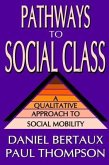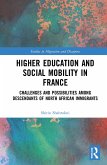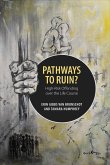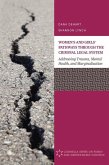The authors, together with a group of researchers who have worked closely with them, tackle problems such as: - What exactly is transmitted between generations: is it wealth or land, occupational models or skills, social networks, or values and orientations? - What kind of assets can immigrants draw on? - How can a social elite survive the upheaval of a popular revolution? - What is the impact of marriage on the mobility of men and women? - How far can belonging to one locality rather than another, or choosing a particular house, shape mobility paths and aspirations? - Do dreams of mobility matter?
Calling for a broader, new approach to social mobility research, Daniel Bertaux and Paul Thompson here move beyond pure statistics to use qualitative techniques - such as life stories and family case studies - to examine more closely the dynamics of mobility and address more fundamental sociological questions. Up to now, the extensive sociological literature on mobility has been based around the survey method. As a result, we have access to abundant statistical data, but there is little information available to explain how and why people follow particular life paths. To overcome these limitations, the authors have developed an alternative, complementary approach using life stories, case histories of whole families over several generations, or case studies of local communities. Employing the case-study approach does not prevent the identification of structural trends; on the contrary, it allows us to analyse those collective processes through their local effects, restoring the links with the classics of sociological thought.
Calling for a broader, new approach to social mobility research, Daniel Bertaux and Paul Thompson here move beyond pure statistics to use qualitative techniques - such as life stories and family case studies - to examine more closely the dynamics of mobility and address more fundamental sociological questions. Up to now, the extensive sociological literature on mobility has been based around the survey method. As a result, we have access to abundant statistical data, but there is little information available to explain how and why people follow particular life paths. To overcome these limitations, the authors have developed an alternative, complementary approach using life stories, case histories of whole families over several generations, or case studies of local communities. Employing the case-study approach does not prevent the identification of structural trends; on the contrary, it allows us to analyse those collective processes through their local effects, restoring the links with the classics of sociological thought.








